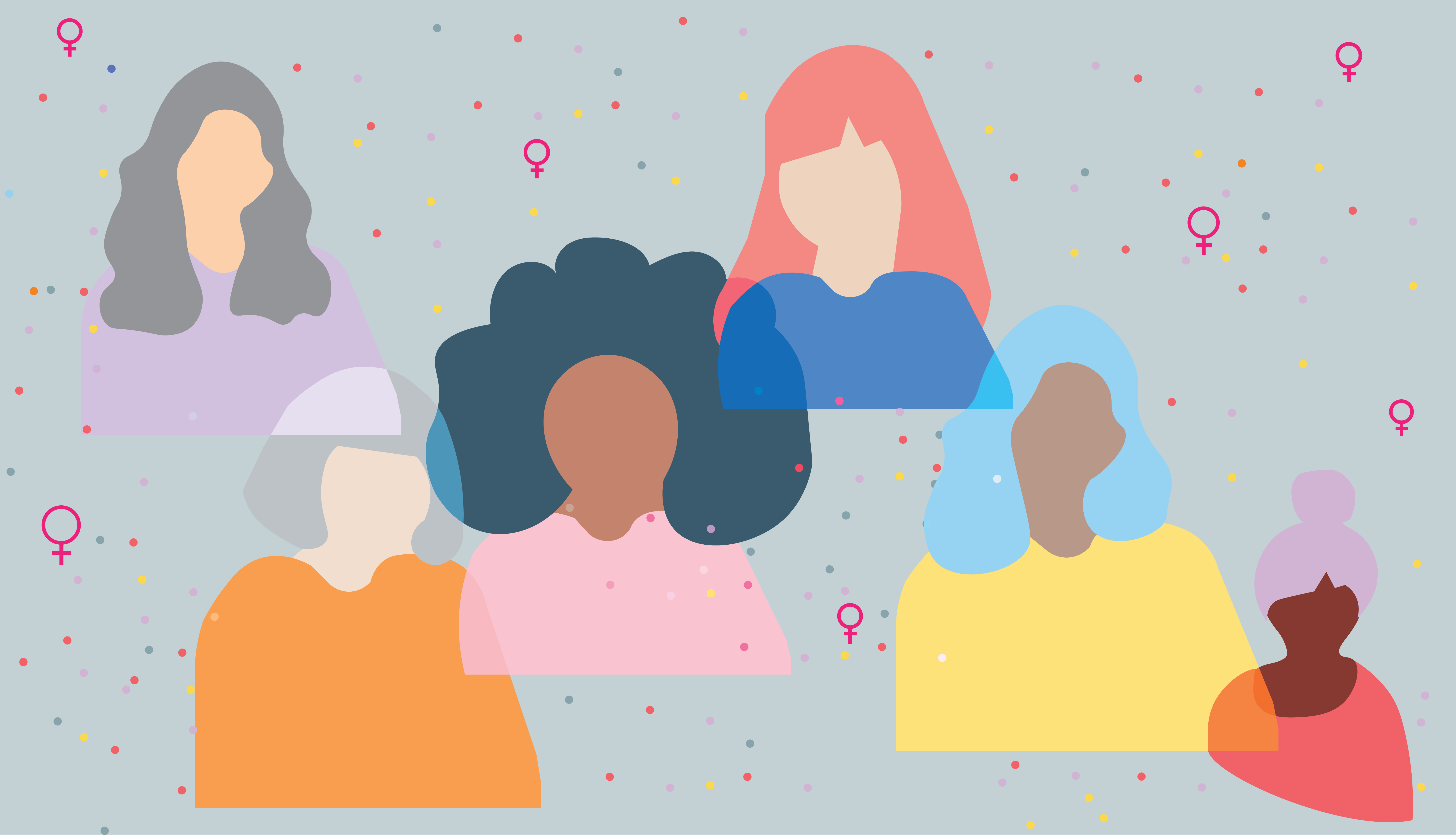March 8 was International Women’s Day (IWD) 2020.
IWD celebrates the social, economic, cultural and political achievements of women, and serves as a reminder that much remains to be done to achieve gender equality.
This day has a long history – following the model of National Women’s Day in the United States, IWD was first celebrated in 1911 in Austria, Denmark, Germany, and Switzerland. It was then celebrated in Russia in 1913 for the first time, and in the following years, March 8 became the official day worldwide.
The United Nations began celebrating the day in 1975 but only started adopting an annual theme in 1996. The first theme was “Celebrating the Past, Planning for the Future,” and other themes since then have highlighted a variety of issues, from “Women and Human Rights” to “World Free of Violence Against Women.” This year’s theme is “I am Generation Equality: Realizing Women’s Rights.”
Over the last century, IWD has gone from protests in just a few countries to a worldwide campaign with support from organizations like the UN, UN Women and Amnesty International.
Since IWD was first celebrated, much progress has been made by women worldwide. They have obtained the right to vote almost everywhere, abortion is only completely illegal in 26 countries and partially illegal in 37, and there are women in almost all positions of power, from president – 59 countries have had a female leader – to CEO.
2020 and beyond
Despite the improvements in women’s situations worldwide and all the commitments/declarations of countries, corporations and organizations to achieve parity – such as the World Economic Forum’s framework for gender parity – much remains to be done to truly reach equality.
“Women have made a lot of progress, yes, but women are still dying, they’re still being killed by their partners, they’re still being disappeared and snuffed out, and there’s an impunity about it: it’s taken for granted that women can be beaten by their partners, aggressed, harassed, and violated,” said Marie Boti, spokesperson for Women of Diverse Origins, who organized the Montreal demonstration at Cabot Square on March 8. She added that this network of women’s organizations is hoping to bring back the militant tradition of IWD demonstrations.
As Canada faces a domestic violence crisis and a genocide of three decades of missing and murdered Indigenous women, Boti believes it is important to continue creating awareness about women’s struggles.
Boti said that even in North America, women are paid less than men for the same work – women in Canada currently earn about 0.87$ for every dollar earned by a man – while the largest burden of household and childcare tasks still falls on their shoulders.
In positions of power, women are severely under-represented: only a quarter of parliamentarians worldwide are women, and under 7 per cent of the Fortune 500 CEOs are women. In Canada, despite Prime Minister Justin Trudeau’s promise of parity in his cabinet, women only make up 29 per cent of the House of Commons, and only one woman has ever been Prime Minister in the country’s history.
What about Montreal?
If we take a look closer to home, Concordia University’s spokesperson Vannina Maestracci revealed statistics that show that parity has been achieved. In the 2018/19 academic year, 50 per cent of students and 51 per cent of employees were women.
However, Maestracci’s student enrollment numbers split by faculty reveal that parity has not been achieved for every specialty. Although the Arts and Science and the Fine Arts faculties have more than 60 per cent female students, and the John Molson School of Business is close to parity with 48 per cent, there is a clear disparity among engineers.
The Gina Cody School of Engineering and Computer Science, despite being named after the first woman in Concordia University’s history to obtain a PhD in building engineering, only has 24 per cent female enrollment, according to the numbers revealed by Maestracci.
Although organizations like Concordia’s Women in Engineering are working on reducing this gap, these numbers reveal that there are still many barriers for women in STEM fields in Canada.
Graphic by Sasha Axenova




